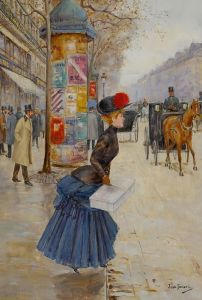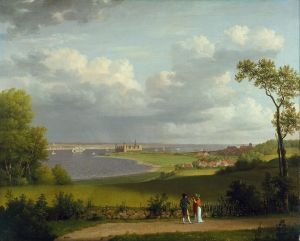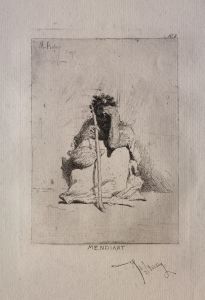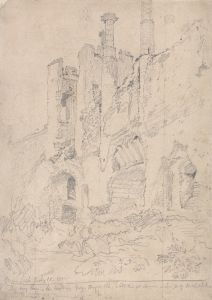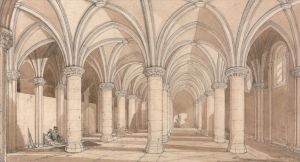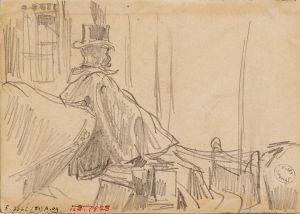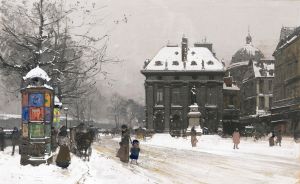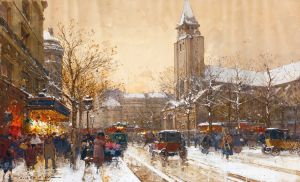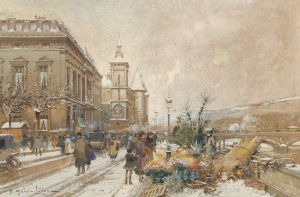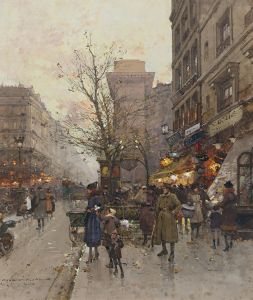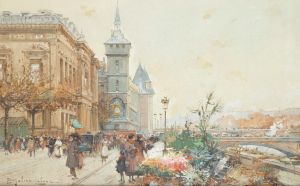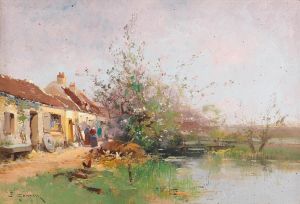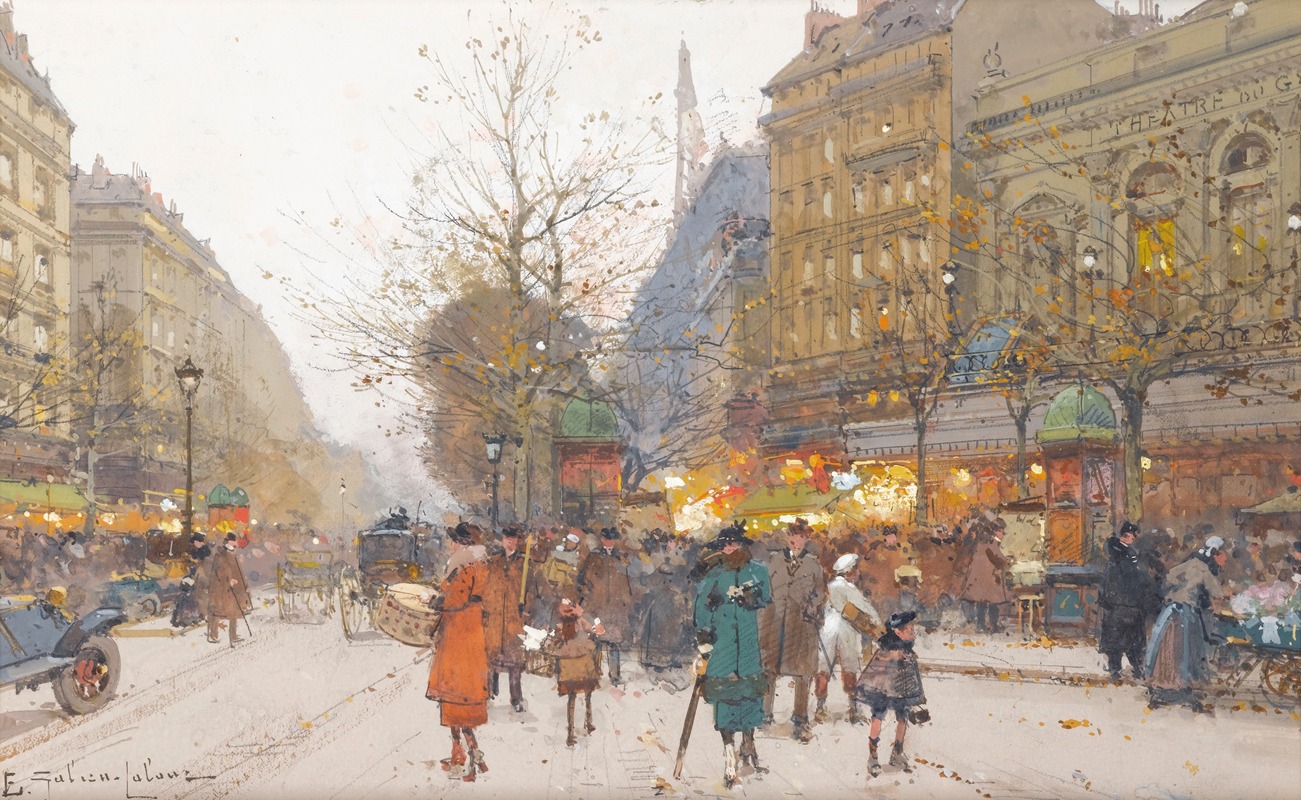
Theatre Du Gymnase, Boulevard De Bonne-Nouvelle
A hand-painted replica of Eugène Galien-Laloue’s masterpiece Theatre Du Gymnase, Boulevard De Bonne-Nouvelle, meticulously crafted by professional artists to capture the true essence of the original. Each piece is created with museum-quality canvas and rare mineral pigments, carefully painted by experienced artists with delicate brushstrokes and rich, layered colors to perfectly recreate the texture of the original artwork. Unlike machine-printed reproductions, this hand-painted version brings the painting to life, infused with the artist’s emotions and skill in every stroke. Whether for personal collection or home decoration, it instantly elevates the artistic atmosphere of any space.
Eugène Galien-Laloue (1854–1941) was a French artist known for his detailed and atmospheric depictions of Parisian street scenes, particularly during the late 19th and early 20th centuries. His works often captured the bustling life of the city, showcasing its architecture, people, and urban charm. One of his notable paintings, Theatre Du Gymnase, Boulevard De Bonne-Nouvelle, exemplifies his signature style and focus on Parisian landmarks.
The painting depicts the Théâtre du Gymnase, a historic theater located on the Boulevard de Bonne-Nouvelle in Paris. The theater, established in 1820, was a prominent cultural venue during the 19th century, hosting a variety of performances, including comedies, dramas, and vaudeville. Its location on the Boulevard de Bonne-Nouvelle placed it in a lively area of the city, surrounded by shops, cafes, and bustling street activity, which Galien-Laloue skillfully captured in his work.
Galien-Laloue's painting is characterized by its meticulous attention to detail and vibrant yet soft color palette. The scene likely portrays the theater and its surroundings during the Belle Époque period, a time of cultural flourishing in France. The artist's use of light and shadow, combined with his ability to depict the movement and energy of city life, brings the scene to life. Figures of pedestrians, horse-drawn carriages, and street vendors populate the boulevard, emphasizing the dynamic and lively atmosphere of Paris during this era.
Galien-Laloue often worked in gouache, a medium that allowed him to achieve fine details and a luminous quality in his paintings. His works were highly sought after during his lifetime, and he became known for his ability to document the changing face of Paris as it modernized. His paintings serve as historical records of the city's architecture and daily life, preserving a vision of Paris that continues to captivate viewers.
While specific details about the creation date or commission of Theatre Du Gymnase, Boulevard De Bonne-Nouvelle are not widely documented, the painting remains an important example of Galien-Laloue's contribution to the artistic documentation of Paris. Today, his works are appreciated for their historical significance and artistic merit, often featured in private collections and exhibitions dedicated to 19th-century French art.





